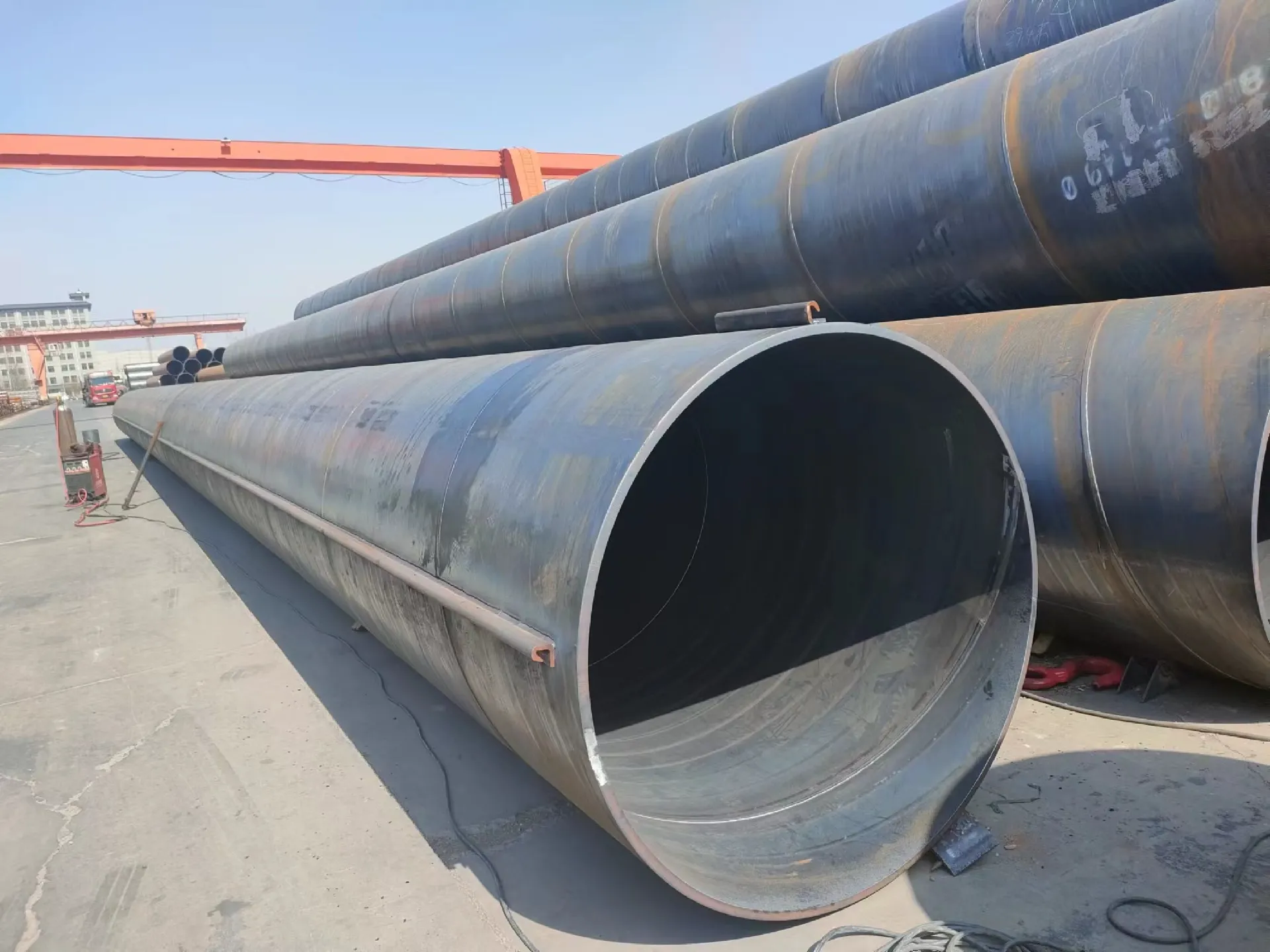-
Cangzhou Yulong Steel Co., Ltd.
-
Phone:
+86 13303177267 -
Email:
admin@ylsteelfittings.com
- English
- Arabic
- Italian
- Spanish
- Portuguese
- German
- kazakh
- Persian
- Greek
- French
- Russian
- Polish
- Thai
- Indonesian
- Vietnamese
- Zulu
- Korean
- Uzbek
- Hindi
- Serbian
- Malay
- Ukrainian
- Gujarati
- Haitian Creole
- hausa
- hawaiian
- Hebrew
- Miao
- Hungarian
- Icelandic
- igbo
- irish
- Japanese
- Javanese
- Kannada
- Khmer
- Rwandese
- Afrikaans
- Albanian
- Amharic
- Armenian
- Azerbaijani
- Basque
- Belarusian
- Bengali
- Bosnian
- Bulgarian
- Catalan
- Cebuano
- China
- China (Taiwan)
- Corsican
- Croatian
- Czech
- Danish
- Esperanto
- Estonian
- Finnish
- Frisian
- Galician
- Georgian
- Kurdish
- Kyrgyz
- Lao
- Latin
- Latvian
- Lithuanian
- Luxembourgish
- Macedonian
- Malgashi
- Malayalam
- Maltese
- Maori
- Marathi
- Mongolian
- Myanmar
- Nepali
- Norwegian
- Norwegian
- Occitan
- Pashto
- Dutch
- Punjabi
- Romanian
- Samoan
- Scottish Gaelic
- Sesotho
- Shona
- Sindhi
- Sinhala
- Slovak
- Slovenian
- Somali
- Sundanese
- Swahili
- Swedish
- Tagalog
- Tajik
- Tamil
- Tatar
- Telugu
- Turkish
- Turkmen
- Urdu
- Uighur
- Welsh
- Bantu
- Yiddish
- Yoruba

Dec . 03, 2024 18:17 Back to list
ansi b 16
Understanding ANSI B16 A Comprehensive Overview
The American National Standards Institute (ANSI) develops standards across a multitude of industries to ensure quality, safety, and efficiency. Among its various standards, ANSI B16 holds particular significance in the realm of piping systems, specifically concerning valves, fittings, flanges, and other components used in industrial applications. This article delves into the details of ANSI B16, its categories, applications, and the importance of adhering to these standards in modern engineering.
What is ANSI B16?
ANSI B16 is a collection of standards that specifically deals with pipeline components, which are pivotal for the safe and efficient operation of piping systems. The B16 series encompasses various elements, including flanged fittings, valves, gaskets, and more, used in various industries such as oil and gas, power generation, water treatment, and chemical processing. The goal of these standards is to promote uniformity in the design and specification of these components, ensuring compatibility and safety across different systems and projects.
Key Categories of ANSI B16
1. Flanges and Flanged Fittings (ANSI B16.5, B16.47) This category outlines the dimensions, tolerances, and materials for flanges used in various service conditions. Flanges are critical connection points in piping systems, and adherence to these standards ensures leak-proof joints and safe operations.
2. Valves (ANSI B16.34) This standard provides guidelines for the design, manufacturing, and testing of valves utilized in various applications. It covers aspects such as design pressure, temperature ratings, and materials, ensuring that valves perform reliably under expected operating conditions.
3. Pipe Fittings (ANSI B16.9, B16.11) These standards focus on the requirements for butt-welding fittings and socket-welding fittings, which are essential for creating seamless connections in piping systems. Proper adherence to these specifications is crucial for maintaining the integrity of the piping network.
ansi b 16

4. Gaskets (ANSI B16.20) As important components of flanged connections, gaskets provide a seal to prevent leaks. ANSI B16.20 outlines the dimensions and types of gaskets used in conjunction with flanges, ensuring that they meet the required specifications for reliable sealing.
Importance of ANSI B16 Standards
1. Safety Adhering to ANSI B16 standards significantly enhances the safety of piping systems. These standards take into account various factors, including pressure, temperature, and environmental conditions, which are vital for preventing accidents and failures.
2. Interoperability One of the primary advantages of ANSI standards is the interoperability they provide. By ensuring that components conform to specific measurements and materials, different manufacturers can produce compatible products that work seamlessly together, reducing the risk of system incompatibilities.
3. Quality Assurance Following ANSI B16 standards helps maintain a consistent quality level across the board. This consistency is crucial for industries where equipment failure could lead to catastrophic results, such as chemical plants or oil refineries.
4. Regulatory Compliance Many industries are governed by regulations that require adherence to specific standards, including ANSI B16. Compliance not only protects public and environmental safety but also ensures that companies meet legal requirements.
Conclusion
The ANSI B16 standards are crucial for the design, manufacturing, and operation of piping components in various industries. By promoting safety, interoperability, quality assurance, and regulatory compliance, these standards facilitate the efficient functioning of piping systems worldwide. As industries continue to evolve, the importance of ANSI B16 in ensuring reliable and safe operations cannot be overstated. Adopting these standards is not just beneficial but essential for engineers, manufacturers, and operators involved in the design and execution of piping systems. Understanding and implementing ANSI B16 standards ensures that piping infrastructure remains safe, efficient, and robust for years to come.
Latest news
-
ANSI 150P SS304 SO FLANGE
NewsFeb.14,2025
-
ASTM A333GR6 STEEL PIPE
NewsJan.20,2025
-
ANSI B16.5 WELDING NECK FLANGE
NewsJan.15,2026
-
ANSI B16.5 SLIP-ON FLANGE
NewsApr.19,2024
-
SABS 1123 FLANGE
NewsJan.15,2025
-
DIN86044 PLATE FLANGE
NewsApr.19,2024
-
DIN2527 BLIND FLANGE
NewsApr.12,2024
-
JIS B2311 Butt-Welding Fittings LR/SR 45°/90° /180°Seamless/Weld
NewsApr.23,2024











